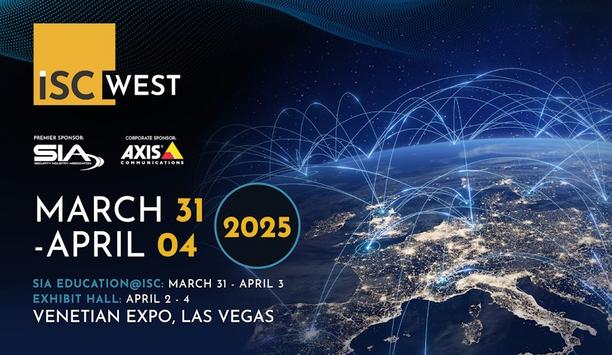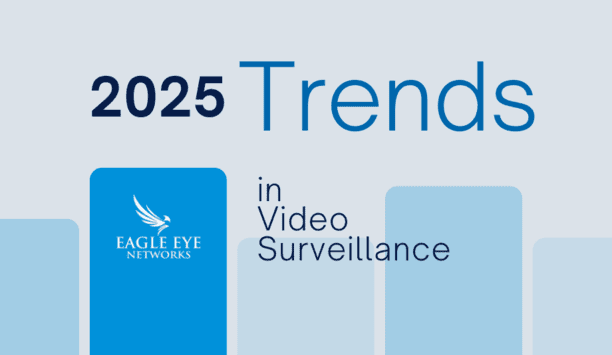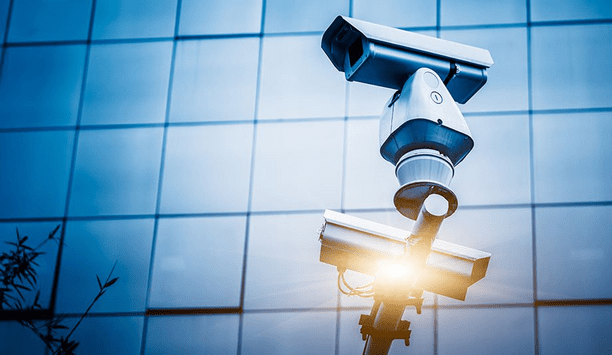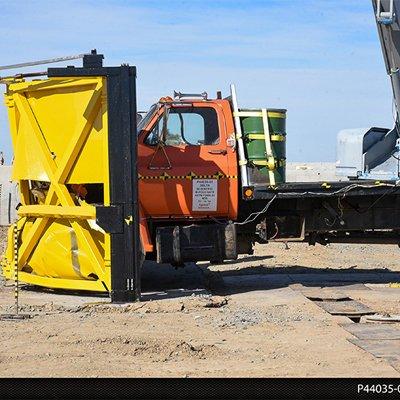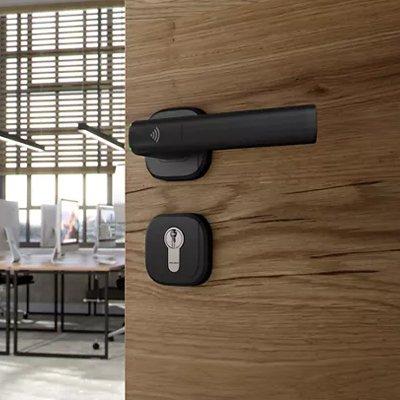How has security industry training changed in the last year?
Editor Introduction
In-person training sessions were mostly canceled during the worst of the COVID-19 pandemic. However, the need for training continued, and in some cases increased, as the security industry sought to adapt to the changing business climate of a global emergency. So how well did we as an industry adjust? We asked this week’s Expert Panel Roundtable: How has security industry training changed in the last year?
During the COVID-19 pandemic, significant adjustments were made to the responsibilities required of security professionals. The most significant change related to how a security professional would now interact with a tenant, customer, student, patient or visitor. Temperature screening of all varieties required detailed and hands-on training that included new equipment and new operating procedures. To supplement the on-the-job training changes taking place at a rapid pace, new online training resources were provided to support the development of ‘soft skills,’ or better, relational skills. While employees and students did not return immediately, our employees were prepared, and are still being prepared, to act as safety compliance agents, or Customer CARE Ambassadors. Monitoring temperature screening, pedestrian traffic flow, safe elevator usage and other safety practices requires a combination of firm but friendly, while remembering that clients are counting on us to help maintain safe practices within each respective facility.
Training was one of the success stories of the past year. Learning was the most cited activity that our customers and partners would engage in during downtime. This newfound thirst for ongoing education has enabled us to battle-test some new technologies that had not yet been rolled out at scale. Using tools like advanced learning management systems and creating realistic learning scenarios in Microsoft Azure allowed us to provide training that closely mirrors what security professionals need to accomplish on the job, regardless of location. By having to re-think our methods to keep people engaged remotely, we have become better teachers. With access to modular, self-paced courses, we have all become better learners. The advances we made will remain with us after the pandemic. Going forward, both traditional classroom instruction and online delivery will merge to create a hybrid model. Training will be less expensive, more accessible and more effective.
Beyond conducting more business online, there is a higher demand for novel technologies and ways to solve new problems. Our dealers want to know how we are answering end-user requests for security products that reduce or eliminate the spread of germs, as well as methods to keep those who work with the public or who are in high-risk occupations safe. To bridge the gap created by the inability to host in-person events and training sessions, we have had to expand our current methods and begin to utilise other methods of training – such as daily videos and workshops.
The advancements we witnessed in security over the last year were incredible to say the least. With employees from all different types of sectors having to work remotely, cloud-based security and SaaS solutions like managed access control rose in demand. Most businesses were not holding physical security training seminars or workshops in 2020, and cybersecurity protection became a much more central focus. With employees working remotely, the software that used to only be accessible from the office, is now being used in homes (often on personal computers), and other residential areas. Training employees company-wide to protect the organisation's security infrastructure became of utmost importance this past year, and employees who would not normally be exposed to this type of security are now partly responsible for protecting it. With all these changes, manufacturers have had to get creative with training and offering support for their customers and partners.
Training activities are still important, but due to the pandemic, the format has changed to remote. Different technologies and channels are used; most vendors have transitioned to webinars and online classrooms for integrators and end users. One positive from last year’s challenges has been that it has forced the training to be more efficient and also provides the possibility for more people to receive training on a virtual basis. As such, knowledge and information sharing has improved over the past year within the security industry.
Throughout this unprecedented year, training understandably shifted to an online delivery model. This required the security industry to rapidly increase the amount of training offered online while trying to preserve the benefits of the in-person model. At LenelS2, we offered some training online, but like many others, not on the scale needed to replace extensive classroom training programs. In response, we developed ‘Follow-Me’ live online classes that include a live instructor and virtual machines for students. To replicate in-person hardware training, physical equipment is securely connected to the virtual classroom for students to install and configure. We expect that remote training will continue, but as the world returns to normal, a mixed training approach will become standard. This blended learning model will balance in-person instruction, virtual classes, interactive e-learning with automated testing and certification and mobile learning tools.
Training in the security industry has changed tremendously over the last year. There has been a huge shift from traditional face-to-face, hands on, in-the-field training, to an entirely virtual format. The new world of training is really focusing on holistic education. The question isn’t just ‘how do we train our employees’ but rather ‘how do we educate them?’ This switch in thinking allows us to think more holistically about education and learning, therefore opening up new techniques and platforms. Investing in performance support tools and instructional videos has become the new norm. What we are finding is that the virtual learning and educational resources have been so effective in the past year, that a lot of partners are now continuing with this as we come out of the pandemic. Virtual training and education save time, money, and it gives people the opportunity to go at their own pace.
Editor Summary
Changes in training systems that were made because of necessity during the pandemic have actually offered surprising and ongoing benefits. In retrospect, it appears the pandemic has changed the world of security training forever and largely for the better. New techniques and approaches have enriched the training toolbox, and the industry seems to have emerged better for the pandemic-driven experience of Zoom overload.
- Related companies
- LenelS2
- Genetec, Inc.
- Open Options
- Aiphone Corp.
- Alarm.com
- ONVIF
- Allied Universal
- Microsoft Corporation
- Related links
- Genetec Access control controllers
- Genetec Access control software
- Lenel Access control controllers
- Lenel Access control software
- Standalone Access control controllers
- Broadcast Messenger Access control software
- Contact Access control software
- Mifare Access control software
- Proximity Access control software
- Carpool Anti-passback Access control software
- Central Monitoring Option Access control software
- Smart Card Access control software
- Door Monitoring Option Access control software
- Face Recognition Software Access control software
- Guard tool module Access control software
- Keypad Commands/Intrusion Zones Access control software
- License Access control software
- Management Systems Upgrade Access control software
- NStar software upgrade Access control software
- Remote software for telecode door entry phone system Access control software
- User tool for control panel Access control software
- Visitor Management tool Access control software
- Related categories
- Access control controllers
- Access control software
- View all news from
- LenelS2
- Genetec, Inc.
- Open Options
- Aiphone Corp.
- Alarm.com
- ONVIF
- Allied Universal
- Microsoft Corporation
Expert commentary
A modern guide to data loss prevention
Download7 proven solutions for law enforcement key control and asset management
DownloadSecurity practices for hotels
Download2025 Trends in video surveillance
DownloadMaximising security and performance
DownloadDelta Scientific DCS8000 Bi-Fold Speed Gate
ASSA ABLOY Aperio H100 Wireless Access Control Handle
NordLayer: Comprehensive Network Security for Modern Workforce










